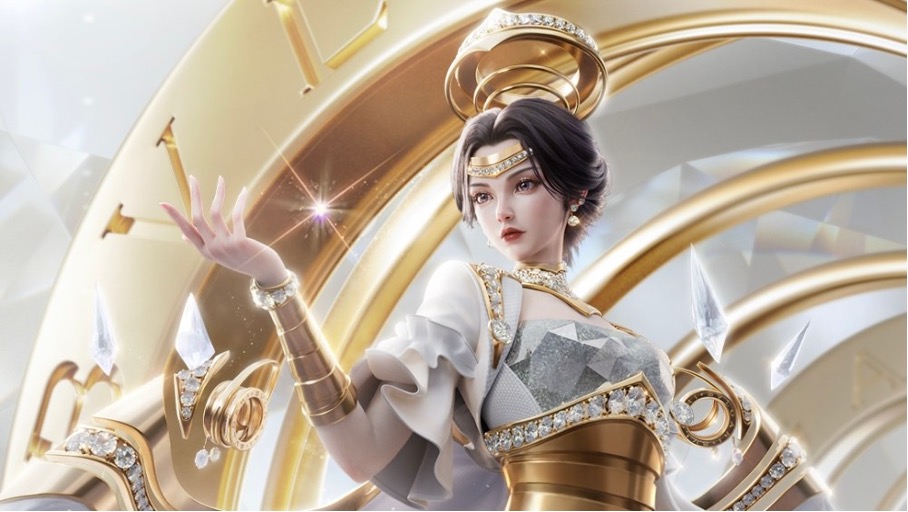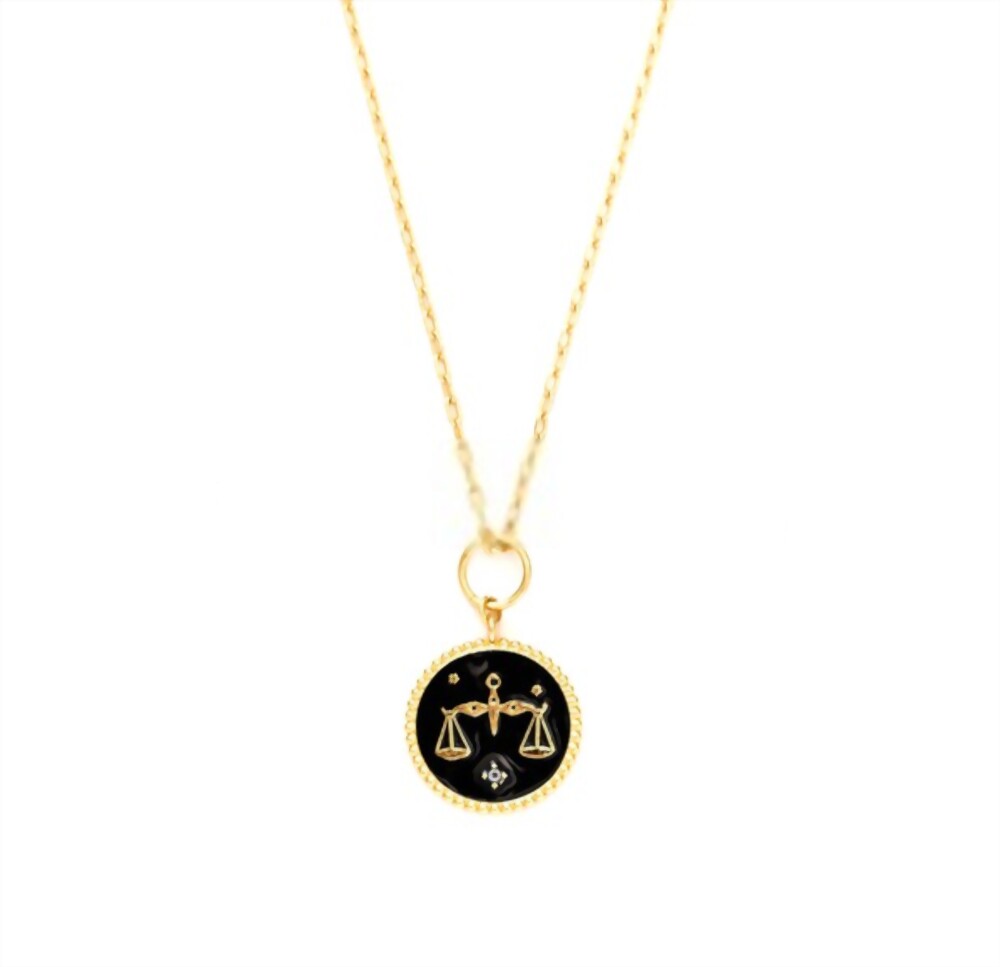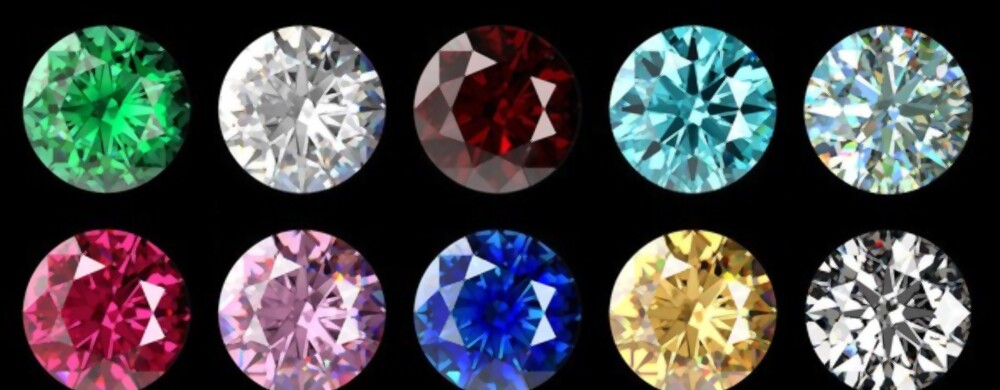
In the era of digitalization, the luxury industry is undergoing profound shifts in how it attracts and retains its affluent clientele. As Gen Z and the emerging Gen Alpha begin to constitute a significant fraction of luxury consumers, brands face new challenges in adapting to the shifting priorities of their tech-savvy target audiences. In today’s landscape, luxury customers increasingly recognize the potential of an online presence and seek new opportunities to explore their favourite brands in the digital realm.
Is digital luxury the future of brand engagement?
Luxury has historically been rooted in rich heritage, exclusivity, scarcity, and exceptional craftsmanship. Yet, what has traditionally been defined as “luxurious” – sophisticated artisanry – must be adapted to changing environments influenced by technological advancements and the newly emerging cultural zeitgeist.
According to Deloitte, the luxury market stands at the forefront of experimenting with digitization. This trend is poised to grow even further as companies start to recognise and appraise the potential of digital environments to appeal to their newly emerging customer base.

Is merging luxury with gaming a prosperous business model?
Traditionally, the luxury and gaming industries represent distinct and seemingly opposite spheres, differing significantly in brand identity, positioning, target audiences, and core values. However, these once disparate sectors are now converging to provide customers with a uniquely exclusive digital experience.
According to Reuters, the global video-game market is expected to grow to $189.3 billion by 2024. This represents a significant opportunity for luxury brands to seek more a more robust digital presence and diversify their revenue streams. By transcending the traditional boundaries of luxury brands’ DNA and embracing digital innovation, digital diffusion offers new ways for brands to engage with their audience and attract new customers. Moreover, digital assets often involve lower production costs compared to physical creations, representing a lucrative market for luxury brands to expand into.
The “phygital” experience in the fine jewellery market: Bulgari x Honor of Kings
As Balenciaga launched its collaboration with Fortnite and Need for Speed, and Gucci established its presence on the Zepeto grounds, the fine jewellery market has also embraced this gamification trend.

Jewellery, which is not necessarily physically wearable, creates new avenues for artistic expression and exploration. Intangible products represent the concept of a “phygital” experience – merging both physical and digital worlds. This medium offer consumers unique interactions with bespoke creations, further expanding the creative possibilities for fine jewellery brands.
One such prominent example is a collaboration between the renowned Italian luxury brand Bulgari and Honor of Kings, a popular online game published by Tencent Games. The partnership allowed players to adorn their characters with exclusive Bulgari jewellery skins, designed specifically for this project. The collaboration aimed to appeal to both gaming enthusiasts and luxury consumers by enhancing the brand’s visibility among younger demographics. Given that a large portion of Honor of Kings’s player base represents the Chinese market – a key focus for the luxury market – this unique crossover is also posed to attract affluent Chinese luxury buyers.
Bulgari × Honor Of Kings | Embark On A Journey Of Visionary Innovation Documentary
What benefits do such collaborations bring to the luxury customer base?
- Immersive Brand Experience: Stepping into the digital platforms offers an immersive experience with products, allowing both existing luxury customers and the new target audience – tech-savvy enthusiasts – to interact with jewellery creations in entirely new ways. Although intangible, these products integrated into the digital realm can enhance emotional responses, elevate the brand experience, and offer novel forms of interaction.
- Emotional Attachment: Gamers often identify with their digital avatars, seeing them as extensions of their own values, interests, and personality. Offering customers desired luxury items in-game can deepen their attachment to their virtual personas and help them better express themselves.
- Accessibility to Luxury: Intangible, in-game luxury items are often more affordable than their real-world counterparts, i.e., diamond creations. Purchasing a virtual product for lower price allows customers to interact with desired items and provide a sense of ownership.
- A Sense of Prestige and Exclusivity: Offering custom digital items within games can help reinforce a brand’s sense of exclusivity. Gaming communities value symbols of achievement and distinction, which aligns with the integration of bespoke digital assets into games, further enhancing the allure of diamond or other fine jewellery creations.
What do luxury brands gain from such collaborations?
- Omnichannel Marketing: Luxury diffusion into the virtual gaming landscape might expand the customer experience on digital platforms, providing a seamless integration between virtual and physical interactions with the brand. Customer engagement within gaming environments allows for a more cohesive brand narrative across multiple channels, complementing brand’s tangible, real-world offerings.
- Brand Engagement and Loyalty: Immersive experiences can reinforce brand loyalty: accessing the luxury jewellery brand through these new avenues expands the customer touchpoints with the company, fostering deeper connections with the brand.
- A Medium for Broader and More Diverse Audience: The gaming industry introduces a unique target audience, distinct from that of the traditional luxury industry. This provides brands with a digital platform to attract new and more diverse customer base.
- Preserve Exclusiveness and Scarcity & Create New Revenue Streams: Integrating luxury into the gaming industry unlocks new revenue possibilities for brands. The integration can include the sale exclusive digital assets, such as limited-edition virtual jewellery pieces, custom avatars, or other bespoke collectibles, which enhance the digital luxury experience. By offering custom and elusive in-game skins, luxury brands can capitalize on the growing demand for intangible assets that convey a sense of exclusivity in the digital realm.
- Big Data and Algorithmic Governance: The integration of luxury into the digital space enables brands to analyse data on digital interactions and transactions. In turn, a data-driven approach can help evaluate customer engagement and better align strategic brand management with the needs of this stakeholder group.
What are the potential hurdles of integrating luxury into the gaming universe?
While integrating luxury into the gaming sphere might prove beneficial, it presents unique challenges that could impact luxury brands. One of the greatest marketing risks lies in brand identity dilution. A perceived incongruence between a luxury brand’s identity and the gaming platform represents a significant impediment that could lead to negative consumer perceptions. Given that luxury brands are closely tied to heritage, authenticity, exclusivity, and high prices, finding the right balance between maintaining their identity and appealing to a broader, younger audience could pose reputational risks.
The broader implications of digital integrations:
The gaming industry represents vast potential for the luxury niche, opening new frontiers for luxury marketing. As luxury brands, including those in the fine jewellery market, explore the prospects of adopting an omnichannel customer experience both online and offline, entering the gaming industry might offer another customer touchpoint opportunity and extend their brand narrative into new territories.
As brands continue to innovate and merge into online formats, we can expect to see more creative collaborations in the future and, perhaps, the integration of the luxury industry into yet more facets of our digital presence. The question remains: how far can such collaborations go in bridging the gap between the tangible allure of physical creations and the limitless possibilities of the virtual domain without losing the essence of luxury itself?









